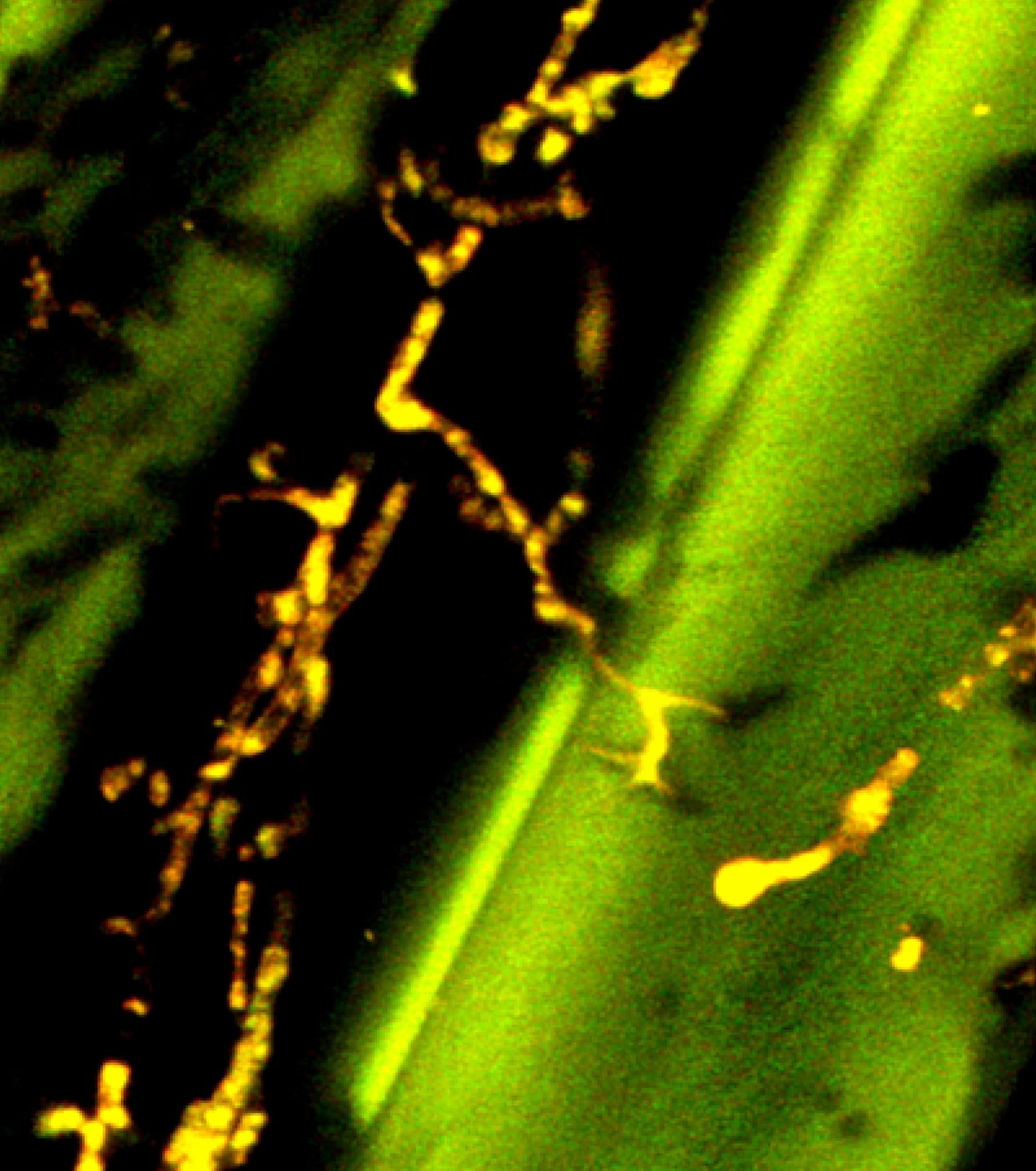When, where and how quickly does H1.2 framing fail?
It would take a substantial review paper, or small book to answer robustly but here are some points of potential interest that are based on the most comprehensive framing decay records available. New Zealand’s love affair with boron preservatives is complicated. More than half of the decay damage in New Zealand buildings occurs in H1 and H1.2 framing. Most of the locations where untreated wood fails, H1 and H1.2 also fails, albeit more slowly at least some of the time. This is not to say that H1.2 is not a product of considerable value, on the contrary its use is currently essential. It serves as a reminder of its limitations compared to what are sometimes called “permanent” wood preservatives, e.g., copper chrome arsenate (CCA) used in H3.2, H4, H5 and H6.
The Australian natural durability standard (ANZ5604) gives its lowest rating of 4 to radiata pine. Where decay hazards are severe, untreated radiata pine will likely lose significant structural integrity due to fungal decay within 2-3 months and can be almost completely destroyed within 6-12 months. Therefore, the durability of H1 and H1.2 framing depends on the rate of loss of boron. Boron is lost from wood at a similar rate to salt (sodium chloride) loss from beach driftwood. Put it in a bucket of fresh water and the bulk of the salt or boron will be lost within days, returning the wood to its original naturally perishable state. This happened during the recent Auckland floods in some buildings. A more common severe exposure scenario occurs during prolonged periods of very wet weather where bottom plates sit in water puddles for many weeks. During more moderate moisture exposure conditions, it typically takes several years for boron retentions to fall below toxic thresholds for fungal decay, but it is important not to lose sight of what can happen to durability and life expectancy where severe moisture hazards arise. Furthermore, the toxic threshold for boron resistant soft rot decay damage occurs well before most of the boron is lost (approx. 0.2-0.25% w/w boric acid equivalent).
Hundreds of H1 and H1.2 framing samples analysed by Beagle from flooded buildings had advanced soft rot decay within 1-2 years and they mostly required replacement. These samples were mostly dry when sampled and analysed, i.e., it was not clear how soon after the flood significant decay had arrived but based on known decay rates it was likely within 3-9 months. Similar timeframes for damaging decay in H1.2 framing have been recorded for framing under severe window defects. Tens of thousands of H1 and H1.2 framing samples that had advanced decay were from buildings mostly aged 10-20 years although the arrival of damaging decay most likely occurred well within the first 2-5 years of the building’s life. Typically, these samples reflected the more severely affected parts of buildings, not the average condition of framing within the building, and had untreated wood been used decay damage would likely have been more extensive.
In a nutshell, H1.2 preservative treatment extends the life of perishable radiata pine where low to moderate moisture hazards occur, but where hazards are higher it offers only a short life extension and gives almost no protection where the most severe hazards occur. This limitation of preservative treatment might also apply to other hazard classes below H3.2. H3.2 is the lowest hazard class that is truly resistant to moisture effects above ground. H4 is the lowest hazard class that reliably resists moisture on, or in ground. Building designs and/or building materials that over-rely on H1.2 or any hazard class below H3.2, will fail prematurely. The most notable example of this in recent years has been widespread cladding failure and failure within leaky buildings. Similarly, if we overlook the full impact of floods and construction delays on durability and life expectancy required by B2 of the Building Code, compliance failure is inevitable.


